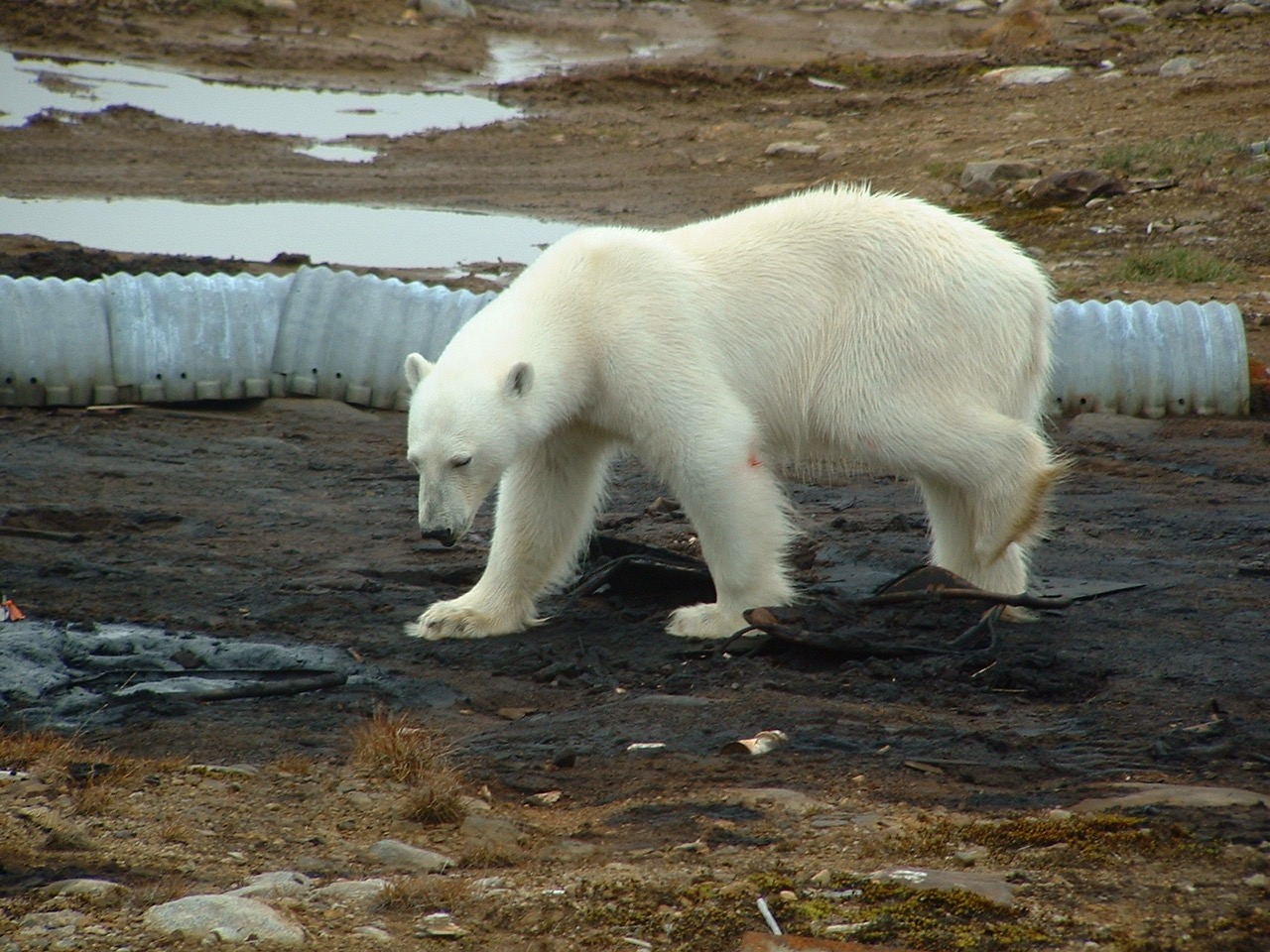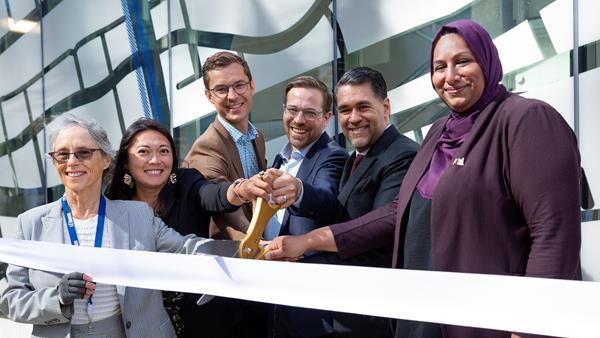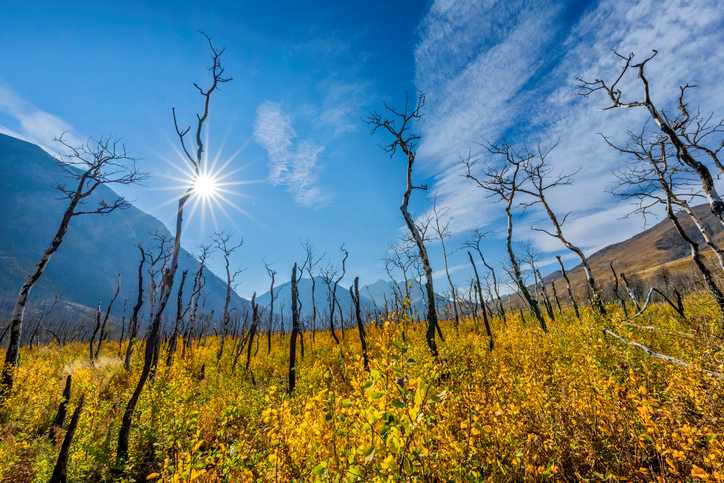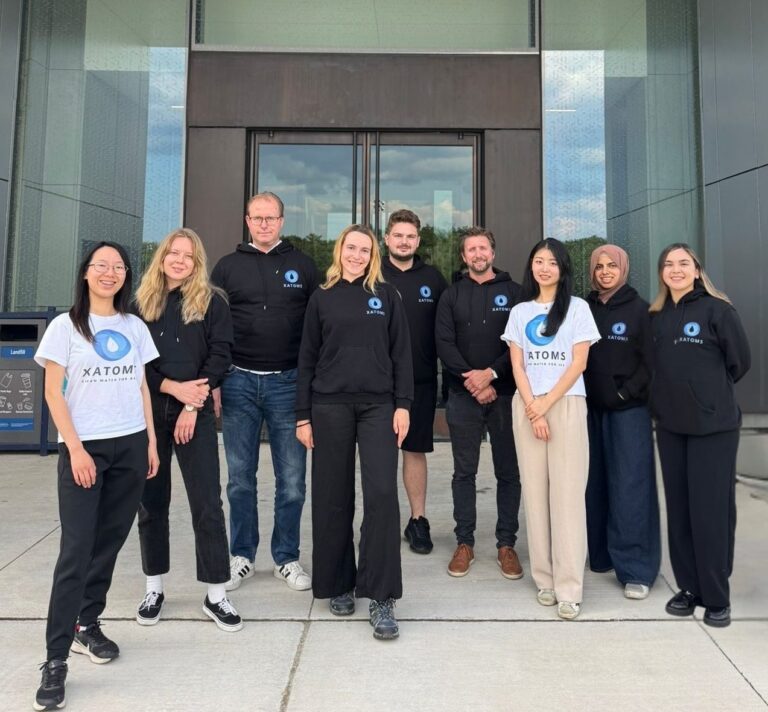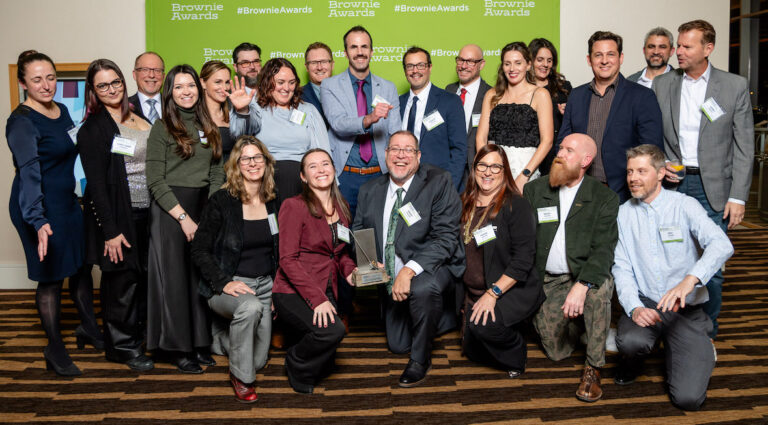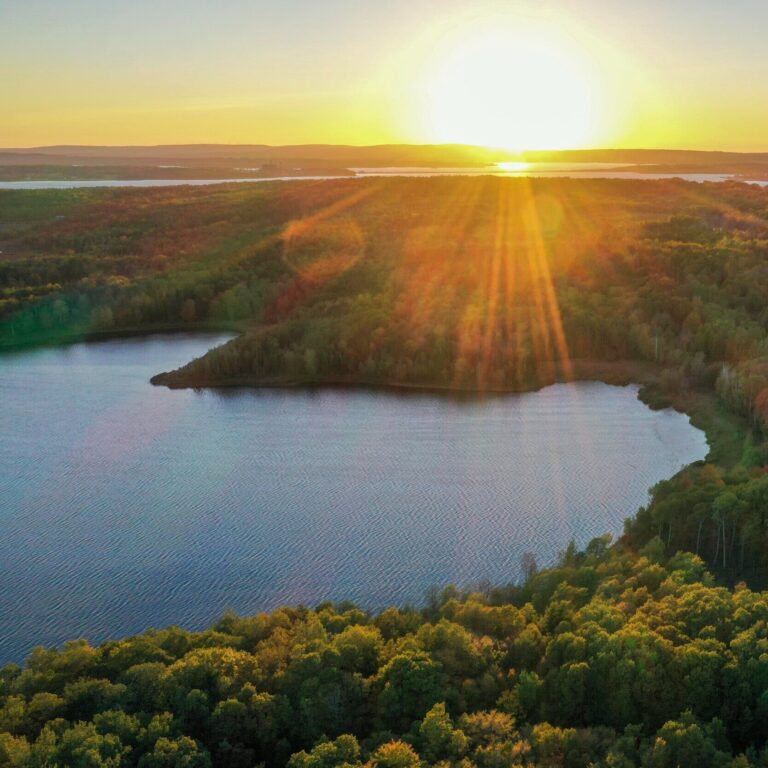Friday, September 5, 2025
Qikiqtaaluk Corporation’s long-standing commitment to brownfields remediation in Nunavut serves as a landmark step towards creating an environmentally conscious future by restoring natural habitats and ensuring safe, healthy land use for Inuit communities. In recognition of their efforts, the organization received the “Outstanding Achievement in Brownfield Advancement” award at the 2024 Brownie Awards.
Presented in partnership by the Canadian Brownfields Network (CBN) and Actual Media Inc., the Brownie Awards celebrate excellence in brownfield redevelopment across Canada. The awards span a range of categories, including policy, technological innovation, sustainable design, and community engagement, highlighting the diverse ways organizations are transforming contaminated sites into valuable community assets.
To mark the 25th anniversary of the program, a one-time category, “Outstanding Achievement in Brownfield Advancement,” was introduced to honour long-term impact in the field. Qikiqtaaluk Corporation (QC) was one of three finalists selected for this special recognition, acknowledged for its decades-long work restoring environmentally sensitive areas in Nunavut and supporting Inuit communities through culturally grounded remediation efforts.

Long-term dedication to brownfield remediation and redevelopment
In the remote, windswept landscapes of Nunavut, where polar bears roam and Inuit communities continue traditional hunting practices, QC has quietly led some of Canada’s most significant environmental remediation efforts.
One of the most notable sites is Resolution Island, located at the southeastern tip of Baffin Island. Once a thriving habitat for polar bears, migratory birds, arctic foxes, and a variety of marine species, the island was also a key hunting ground for Inuit communities. However, decades of human activity left it heavily contaminated. From the 1950s to the 1960s, the island served as the BAF-5 military base, part of the Distant Early Warning (DEW) Line. Site investigations in the late 1980s and early 1990s revealed contamination from asbestos, hydrocarbons, heavy metals, and particularly polychlorinated biphenyls (PCBs), man-made organic chemicals used in radar equipment, which had spilled and persisted in the environment.
Given the island’s proximity to the ocean and its ecological significance, there were growing concerns that PCBs were migrating into marine ecosystems. QC led the environmental remediation of the site from 1997 to 2004, removing contaminants and restoring the land to a healthy state, once again safe for wildlife habitats and Inuit hunting practices.
Additionally, the DYE-M Cape Dyer site is located on the easternmost point of Baffin Island, near the northern Atlantic Ocean and Sunneshine Fjord. Built in 1954–55 as part of the DEW Line and still in use today under the North Warning System, the site faced serious environmental concerns due to accumulated hazardous waste.
QC’s subsidiary, Qikiqtaaluk Logistics, served as the prime contractor for the remediation, working in partnership with Sanexen Environmental Services. Between 2011 and 2014, thousands of tonnes of contaminated soil and hazardous waste were removed and transported to certified southern facilities. Remaining debris and contaminants were either treated or securely buried in on-site landfills designed to meet environmental standards.
Since 2015, Qikiqtaaluk Environmental, a joint venture between QC and Sanexen, has been headquartered in Iqaluit, continuing to lead remediation projects across Nunavut with a focus on sustainable land use and long-term community benefit.
 The project team, from left to right: Catalin Aurel Cenan, Carolyn Alexander, Myriam Cadotte, Harry Flaherty, Jennifer Godin, and Raphaël Gagnon. (Credit: CNW Group/ ALTRA Sanexen)
The project team, from left to right: Catalin Aurel Cenan, Carolyn Alexander, Myriam Cadotte, Harry Flaherty, Jennifer Godin, and Raphaël Gagnon. (Credit: CNW Group/ ALTRA Sanexen)
Community impact beyond remediation
The remediation projects led by QC share a deeper significance beyond environmental restoration. These sites, once contaminated Arctic landscapes, are not only natural habitats and migratory paths for wildlife, but also living and hunting grounds for Inuit communities. Through sustained efforts by QC, its partners, and the leadership of president Harry Flaherty, these lands were restored to ecologically healthy states, allowing both wildlife and cultural traditions to return.
“These sites are majestic arctic ground. They are natural habitats, migratory paths and nesting grounds for wild animals, but also living and hunting grounds for our people. Our land had become inhabitable for many decades due to the contamination and waste left behind. With our accomplishments in completing remediations, the migrations and wildlife return to our grounds has been profound and rewarding,” said Flaherty.
Beyond environmental success, QC’s projects have also created lasting socioeconomic impacts. Flaherty has emphasized training and career development for Inuit throughout these initiatives, ensuring that remediation projects also contributed to skills development, long-term employment, and community capacity building.
In recognition of his leadership and impact, Flaherty received the Indian and Northern Affairs Deputy Minister’s Pride and Recognition Award for Service Excellence following the successful completion of the Resolution Island project.
Since then, as President and CEO of QC, he has continued to advocate for economic development and self-reliance across the 13 communities of the Qikiqtani region, championing opportunities where QC can lead in building both environmental and community resilience.
Brownie Awards 2025
The 2025 Brownie Awards will be held on November 13th, 2025 at the Delta Marriott. Nominations will be accepted until September 5th, 2025. For further information, click here.

Shreejit Shelar is an editorial intern for Environment Journal. He is a writer and a student of Contemporary Journalism at Centennial College.
Featured images credit: Qikiqtaaluk Corporation and ALTRA Sanexen

